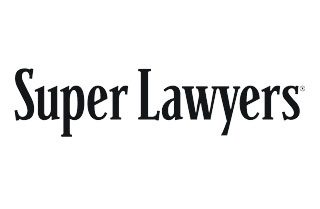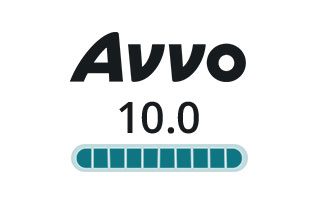For many people, the term traumatic brain injury conjures up images of severe blows to the head, lasting neurological damage and even premature death. While these visions are certainly vivid (if not somewhat dramatic), they are still not entirely inaccurate, as TBIs can indeed have very severe consequences for victims — particularly if misdiagnosed.
In today’s post, we’ll start to take a closer look at traumatic brain injuries in the hopes of providing greater insight and debunking any longstanding misconceptions.
What exactly is a TBI?
Medical professionals classify a TBI as a type of brain injury caused by some sort of sudden and external blow to the head. For instance, a victim may strike their head during a motor vehicle accident or in a particularly violent collision during a football game, or be struck by a falling object that pierces the skull and damages the underlying brain tissue.
What are the symptoms of TBI?
In general, TBI victims suffer symptoms that can be classified as mild, moderate or severe depending upon how strong of a blow to the head they sustained.
Those who have suffered a mild TBI typically experience either a momentary loss of consciousness or no loss of consciousness whatsoever. They may also experience other symptoms such as headaches, dizziness, blurred vision, ringing in the ears, lethargy, cognitive problems and even mood swings.
Those who have suffered moderate or severe TBIs not only experience many of these same symptoms, but also more sustained and powerful headaches, convulsions/seizures, slurred speech, loss of feeling in the extremities and the inability to awake from sleep to name only a few.
In our next post, we’ll continue to explore this important topic, examining treatment options and long-term prognosis for TBI patients. In the meantime, consider speaking with an experienced legal professional if you believe that a medical professional failed to diagnose a family member’s TBI, and that this failure resulted in severe and permanent damage.
Source: National Institute of Neurological Disorders and Stroke, “NINDS traumatic brain injury information page,” July 22, 2014





Leave a Reply